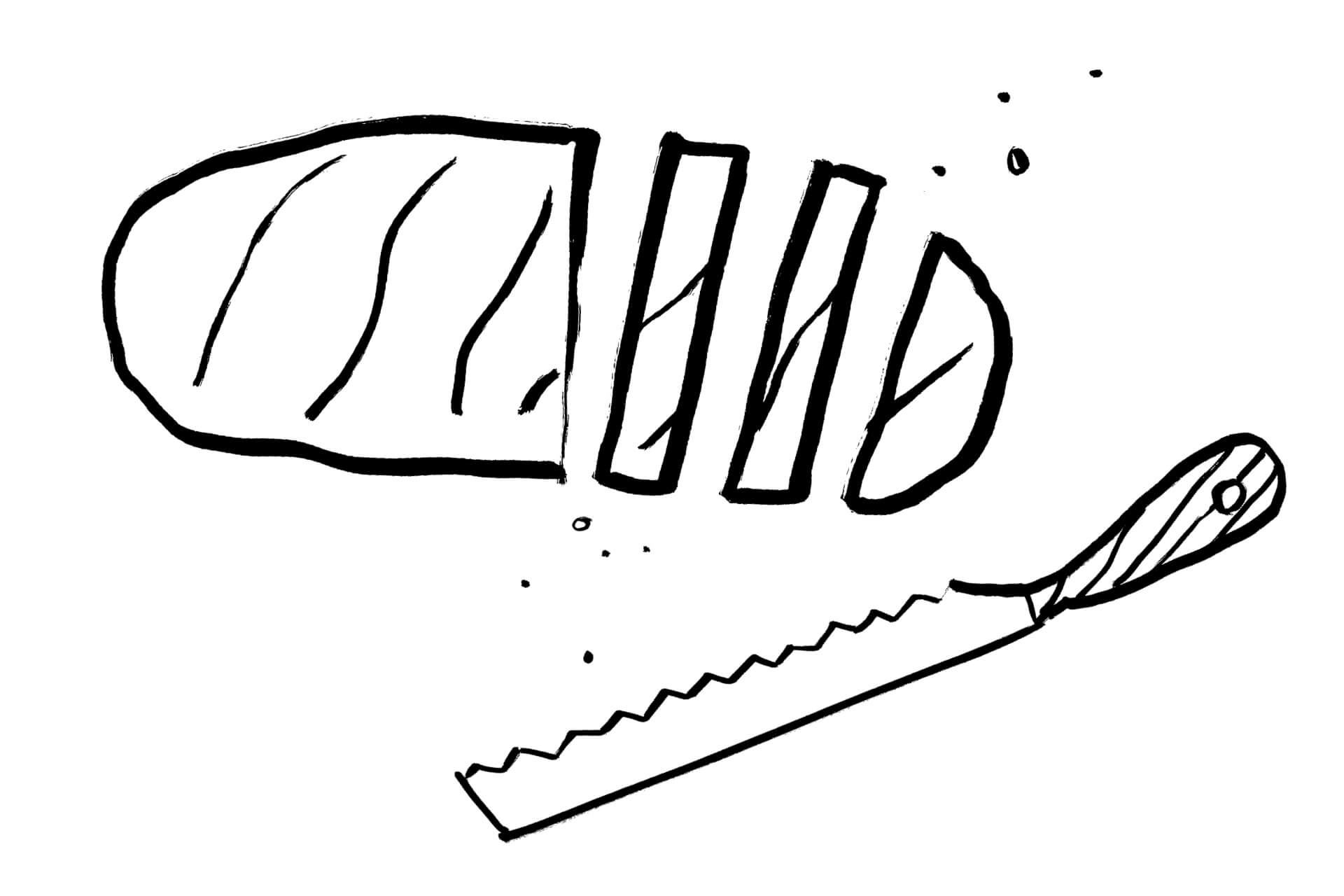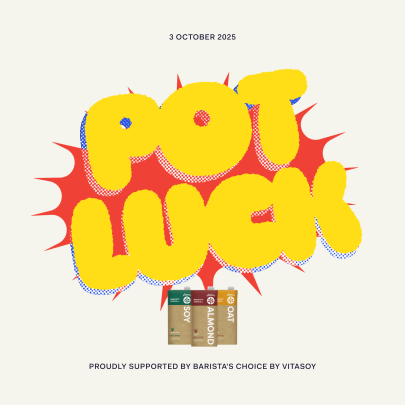Oct 14, 2022 Food
We’re not always great at blowing our own horns in New Zealand. Or perhaps we sometimes just take for granted the many things about our culture and our way of life that others look at with envy. After all, we don’t know how lucky we are, mate.
Bread is such a staple that’s easy to overlook its importance. How often do you sit down and think about the bread you eat and where it comes from, both literally and culturally? The cultural answer might be anything from Italian, German, Scandinavian, Indian or Turkish. But what about the bread from here?
Parāoa rēwena, sometimes referred to as rēwena or Māori bread, is not dissimilar to Scandinavian-style sourdough. It begins with water that potatoes have been boiled in, which is mixed with flour and a little sugar, and left in a warm place to ferment. Over the better part of a week, bacteria in the mixture come alive to form a starter culture (sometimes called a ‘bug’) that can be used in the place of yeast to make bread. The longer the ferment is left to bubble and work its magic, the greater its powers of leavening and tangy sour flavour.
Despite the burgeoning urban interest in sourdough- making at home (exacerbated the world over by Covid lockdowns and social media), when researching this piece it was hard to find many people who were genuinely excited about rēwena bread. I asked some chef friends – some nodded but shrugged, some looked confused.
I discussed it with the aunties at one Auckland marae (“Why all the interest in Rēwena? Everyone’s into yeast these days.”). I tried to hunt down a pop-up that had previously been serving rēwena with their boil-up. No love. Somewhat unexpectedly, a friend of mine of Fijian- Indian origin showed the most interest, pointing out that she buys rēwena from her local supermarket (New World, Miramar) in Wellington.
Wheat was introduced to New Zealand when Frenchman Jean-Francois Marie de Surville led a fraught expedition to Doubtless Bay in 1769. It was not an immediate success. It became a much more attractive proposition some years later in 1813 when Ngāpuhi chief Ruatara demonstrated how wheat might be dried, milled and made into cakes and biscuits. Another Frenchman planted the first potatoes in a model garden in the Bay of Islands in 1772. Potatoes were a comparatively easy sell — their cultivation was easily understood given the similarities with kūmara, and potatoes grew prolifically (and in parts of the country where kūmara wouldn’t grow), with less tending, earlier ripening, easier storage.
Somewhere in amongst this history, rēwena bread emerged: a marriage of wheat and potatoes, cultures and carbohydrates. It was a product of Māori ingenuity in the face of aggressive colonialisation. January 1862 saw the last issue of the short-lived periodical Ko Aotearoa or The Māori Recorder. The gold rush had begun in Otago the previous year and a truce had been agreed in the Taranaki War. The Māori Recorder carried content in both English and te reo with the aim of addressing the cultural gap between Māori and the English settlers. In this issue, there is a recipe (in te reo) for rēwena parāoa (starter culture for rēwena bread) and mo te pokepoke parāoa (for the dough itself).
The recipes are simply written but with some enjoyably specific instructions — on Monday, boil some hops. Strain, cool, then add salt, sugar, flour, and shake. On Wednesday, beat in boiled potatoes. On Thursday, strain into a bottle and use for your dough. The bread recipe itself is straightforward, using flour, salt, rēwena, and water. You can imagine the lovely floral, bitter edge that hops would give the bread, but it was actually included in wild yeast ferments in Victorian times because hops have antiseptic properties and prevent the growth of sour bacteria (which is what makes sourdough tangy), allowing the yeast to work.
Fast forward to 1977. One of the most charming cookbooks I’ve ever come across is bluntly entitled Maori Cookbook. It was published by the Glenfield College Home and School Association and has all the rustic charm (and similar typeface) of an old copy of the Edmonds cookbook. The chapter on Māori bread includes parāoa takakau (an unleavened bread somewhat like a pizza dough made only of flour, salt and water), a version of takakau using baking powder (more like a scone), parāoa (yeasted bread), rēwena paraoa (similar to The Māori Recorder recipe, but with some baking soda added for good measure), and rēwena bread’s better-known cousin, parāoa parai (fry bread). The fried bread uses rēwena as the rising agent but instead of being baked, the flattened rounds of dough are fried in lard and served with honey or golden syrup.
More than 40 years on, Monique Fiso includes a version of rēwena bread in her 2020 modern Māori cuisine book Hiakai. It is served at her Wellington restaurant formed into flat breads and griddled, brushed in tītī (muttonbird) fat. The tweaks to the cooking method seem like a delicious nod to fry bread, but Fiso’s instructions for the starter are not all that different to those found in the 1862 recipe. She has omitted the hops, and used mashed purple urenika potatoes for the ferment, as well as some fresh yeast (a common modern addition to wild ferments, for extra oomph).
With such great versatility and not much additional effort in the making of it, I am compelled to ask: why are we so much more familiar with European sourdough than the rēwena created in our own backyard and woven so firmly into our national history? Why does it remain primarily the purview of home cooks, or as a side dish for hāngī and boil-ups? The answer may well be time. The Wild Wheat bakery in Mt Eden, for example, sells a potato sourdough with the suggestion that “[t]hose seeking a loaf similar to the Maori Rēwena Bread but without the time or the bug to start it may find our Potato Sourdough a worthy replacement.” Soughdough isn’t exactly a quick process, so that doesn’t seem like an entirely satisfying explanation.
From a commercial point of view, you can find rēwena if you look, but in Auckland it feels like you’ve really got to look. Perhaps it is essentially just a matter of hype (or, put more generously, awareness). Interestingly, there seems to be more of a critical mass of rēwena bakers and eaters in Wellington — in addition to the New World in Miramar and Hiakai in Mount Cook, Pandoro Wellington sells a flour-dusted rēwena loaf. Māori breads have stood the test of time, even as they have evolved to adapt to new crops, wars, economic hardships, and fashions. But culture is a living thing, for bread and for people. It needs feeding.






